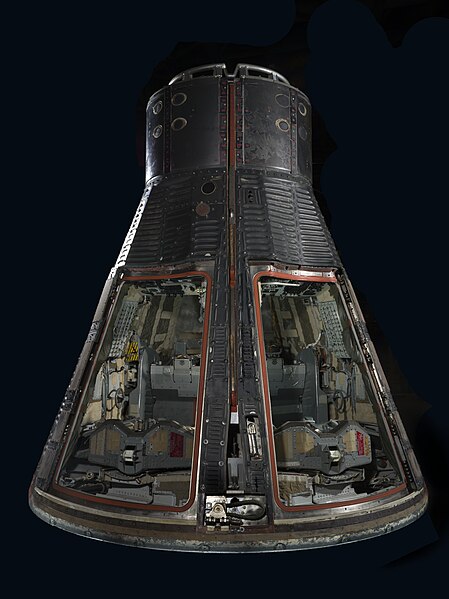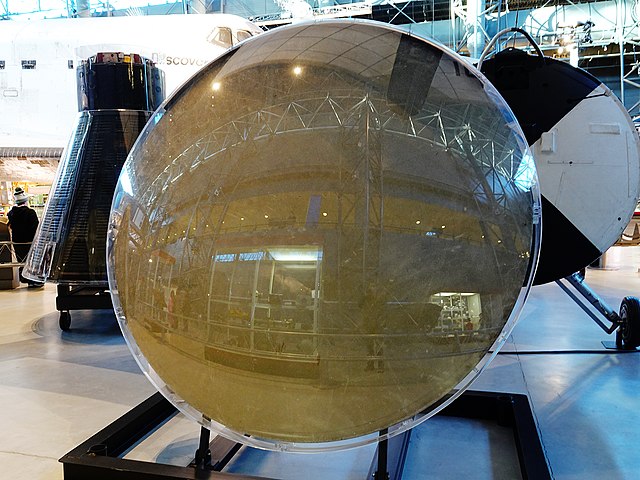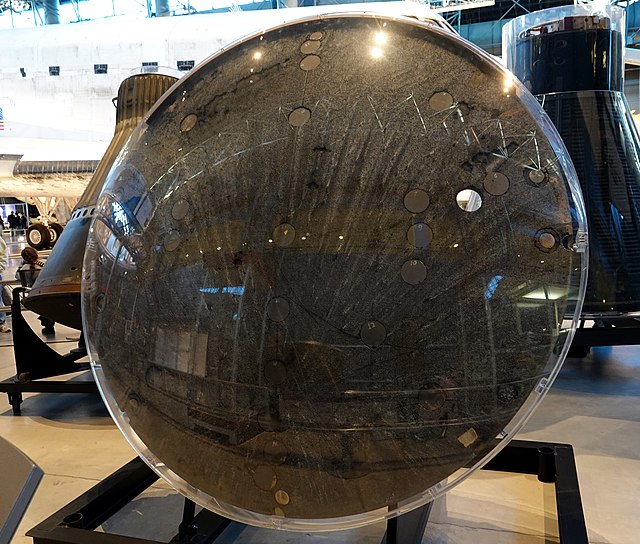Gemini 11 was the ninth crewed spaceflight mission of NASA's Project Gemini, which flew from September 12 to 15, 1966. It was the 17th crewed American flight and the 25th spaceflight to that time. Astronauts Charles "Pete" Conrad Jr. and Richard F. Gordon Jr. performed the first direct-ascent rendezvous with an Agena Target Vehicle, docking with it 1 hour 34 minutes after launch; used the Agena rocket engine to achieve a record high-apogee Earth orbit; and created a small amount of artificial gravity by spinning the two spacecraft connected by a tether. Gordon also performed two extra-vehicular activities for a total of 2 hours 41 minutes.
Gemini XI conducting a tether experiment using the Agena Target Vehicle
Gordon (left) and ConradProject Gemini← Gemini 10Gemini 12 →
Gemini 11 launch
An Atlas launch vehicle launches GATV-5006 into orbit for the Gemini 11 mission.
Project Gemini was the second United States human spaceflight program to fly. Conducted after the first American manned space program, Project Mercury, while the Apollo program was still in early development, Gemini was conceived in 1961 and concluded in 1966. The Gemini spacecraft carried a two-astronaut crew. Ten Gemini crews and 16 individual astronauts flew low Earth orbit (LEO) missions during 1965 and 1966.
A cutaway illustration of the Gemini spacecraft. The Adapter module in white, the Reentry module in grey
Gemini VII Capsule
Unablated Gemini heat shield
Ablated Gemini heat shield








